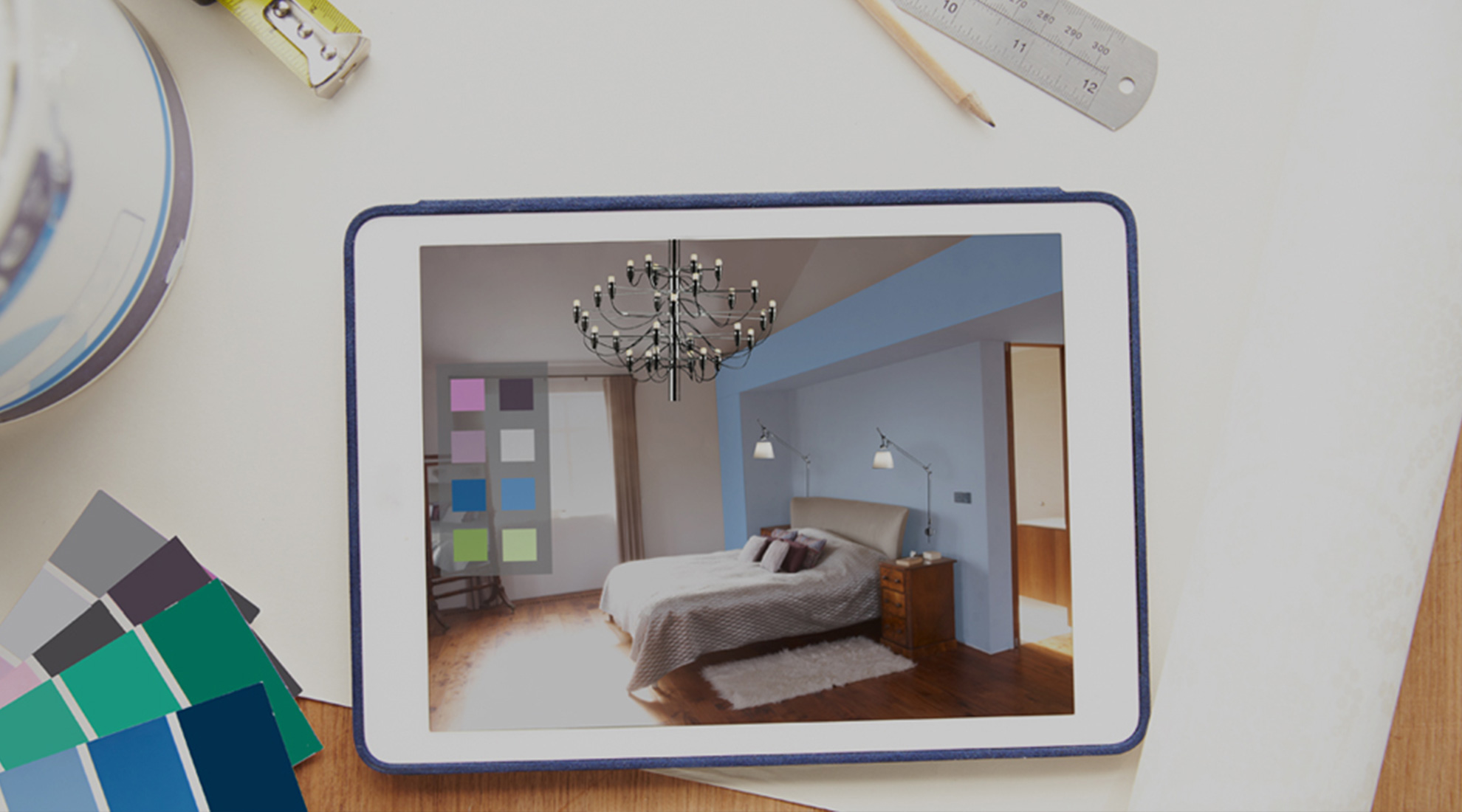
How to Create a Mood Board for Your Next Interior Design Project
Even with countless apps dedicated to cataloging your likes and dislikes, we still love the idea of a mood board for visualizing an interior design project. Here’s how to make your own.
Written by Sarah Chappell
Remember the days of combing through magazines, cutting out your favorite pictures, then arranging them on your wall or corkboard? With everything going digital these days, that idea might sound a little outdated, but gathering images and inspiration to visualize your personal style is still an important part of any project—now we just do it on a device rather than a piece of posterboard.
Apps like Pinterest, Polyvore and Tumblr are not just related to social media; they are today’s new mood board, and can be a great resource for planning your next interior design project like a designer, helping you navigate:
- Where to start
- Picking your color palette
- Choosing the right furniture and accent pieces
- Tying it all together with accessories
Where to Start
First things first: Look at your “liked” posts on apps you already have.
If you are having a hard time starting a mood board from scratch, chances are you have created one without even knowing it. A great way to discover your signature style is to go through your “liked” posts on apps like Instagram, Pinterest and Tumblr—especially if you follow a lot of design-centric blogs and profiles.
There will be plenty of hidden gems in this personalized grouping of images: styles, color schemes, textures. See what's there that you can draw from, make a list of adjectives or feelings you get from what you already like, and you can revisit them as you plan your own space.
Start by taking a look at collections of pictures you’ve liked—whether that’s on Pinterest, a stack of dog-eared magazine pages or saved photos on an interior design website. You might find some clear patterns of what you like that you can use to get started.
Pick a Color Palette
Most designers recommend consistency with your chosen color scheme. This should be the first source of inspiration for the space, plus it helps narrow your search for furniture and accessories down the line.
How to choose a color palette? There are a thousand ways to go about it, but we like to keep it simple: Start with a color you love and work with 2-4 shades of it. Add a neutral hue and the all-important “accent shade,” or a pop of color.
Once you have a color palette in mind, choose visuals that represent that particular shade, whether it be the furniture or accessories. A good way to keep it organized is to create multiple mood boards according to color. Pinterest allows you to create multiple boards with different themes, which could easily lead you to discover an unexpected combination of colors that would work well in your space.
Choosing the Right Furniture and Accent Pieces
The best approach to shopping around for furnishings is to not settle. Interior designer Katrina Stumbos has the right idea when it comes to when and how to spend your money when furnishing your space: “You don’t want your room to feel like it was purchased in haste at a big box store. Love every piece that goes into the room.”
So, start there: Find things you like and clip, copy or save them to your mood board. There are plenty of apps and websites that allow you to create renderings of a space and suggest layouts, or you can even try a simple cut-and-paste style document on your computer. Start with big-ticket items that you can design around—a sofa, a headboard, even a light fixture—that way you have something to hold other furniture pieces up to in order to ensure it all goes together.
Tying it Together with Accessories
Now that you have the layout and furnishings in place, the last step is to add your unique personality to the space with accessories. Not sure where to start? Try stealing ideas from your own hobbies, which will lead to a space that truly feels like it was designed for you.
For example, if you’re a bit of a mixologist, put a beautiful cocktail set on display. A bookworm? Use your collection to fill shelves or use in lieu of artwork. If you’re a homebody, look to textiles and soft textures that make a room feel cozy and warm.
Not sure what to accessorize with? Draw from your own hobbies and interests (like reading!) and use those items to adorn shelves and surfaces.
All of the apps we use on our phones to like, save and share make us amateur curators— so why not use all that “research” to design your space? Of course, if you can’t get the hang of these apps, there’s nothing wrong with going old-school and sketching out your plan with pen and paper.




